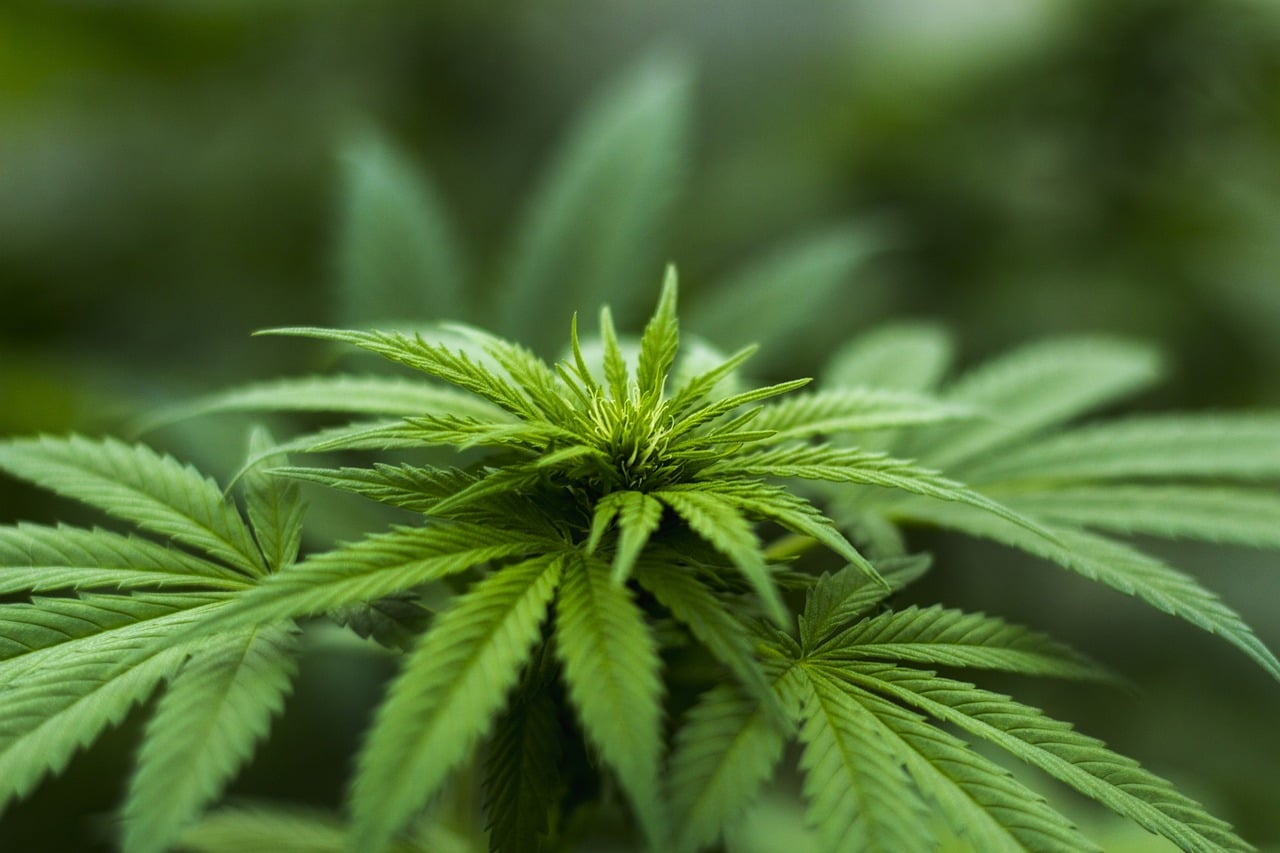News
Cannabis history of Canada
To know about cannabis history we have to go a while back…
Cannabis, commonly known as marijuana or weed, has been used by humans for thousands of years. Most ancient societies used the plant for medicinal purposes, most likely beginning in Asia about 500 BC. Cannabis production in America may be traced back to the early colonies, who produced hemp for textiles and rope.
The marijuana or hemp plant developed in Central Asia before being brought to Africa, Europe, and, eventually, the Americas. Hemp fiber was utilized in the production of clothes, paper, sails, and rope, and its seeds were consumed as food.
The ingredient responsible for marijuana’s mind-altering effects, tetrahydrocannabinol (THC), was found in extremely low amounts in these early hemp plants.

There is some indication that ancient societies were aware of the cannabis plant’s psychotropic qualities. Some kinds may have been developed to generate greater quantities of THC for use in religious rituals or therapeutic practices.
Since 500 BC, burned cannabis seeds have been discovered in the tombs of shamans in China and Siberia.
History of Medical Cannabis
Sir William Brooke O’Shaughnessy, an Irish doctor researching in India in the 1830s, discovered that cannabis extracts might assist relieve stomach discomfort and vomiting in persons suffering from cholera.
THC was eventually revealed to be the source of marijuana’s therapeutic benefits by scientists. THC, the psychoactive ingredient responsible for marijuana’s mind-altering effects, also interacts with brain locations that can reduce nausea and boost appetite.
History of Recreational Cannabis
To get high, the Scythians—a vast tribe of Iranian nomads in Central Asia—inhaled smoke from smoldering cannabis seeds and blossoms, according to an ancient Greek historian named Herodotus. After around 800 AD, hashish (a refined form of cannabis smoked using a pipe) became popular all throughout Middle East and portions of Asia.
CANNABIS HISTORY IN CANADA
How did medicinal and recreational marijuana usage become legal in Canada? Why was it made illegal in the beginning? social, economic, commercial, and legal issues influenced cannabis legalization throughout the previous century?
CANNABIS GREAT SOURCE OF CLOTHES
Long before European invaders came to Turtle Island (known as North America), indigenous peoples utilized cannabis and hemp to manufacture clothes, hunting equipment such as nets, and commerce (selling, trading, and exporting).
NOVA SCOTIA, THE FIRST PROVINCE TO APPROVE CANNABIS USE
The Nova Scotia Medicinal Association approves the use of cannabis for both medical and recreational reasons in 1897.
THE OPIUM ACT IS PASSED IN CANADA
The Opium Act, Canada’s first anti-drug law, is passed in 1908. The legislation itself was not a technique of curbing drug usage, but rather an avenue of social order’ – its genesis was primarily motivated by anti-Asian racism and xenophobic attitudes, with the hope of limiting Chinese immigration to Canada.
ILLEGALIZATION OF CANNABIS IN CANADA
Cannabis (and hemp) become banned in Canada once the Opium and Drugs Act is amended in 1923.
The specific reason why cannabis was forbidden remains a mystery to this day – at the time, almost no one was using cannabis.
However, drug use readily fit into a racist and anti-immigrant narrative promoted at the time by many prominent Canadian politicians and leaders: that coloured individuals posed a threat to “respectable white society.”
FIRST ARREST FOR CANNABIS
The first cannabis arrest in Canada is proclaimed, more than ten years after the drug was made illegal.
JAIL TIME FOR CANNABIS-RELATED OFFENSES GOES UP
Cannabis is classified as a Schedule 1 crime under the Narcotic Control Act of 1961, punishable by seven years in jail for possession and up to life in prison for supplying or trafficking..
CANNABIS POPULARITY SOARS
1968: The number of cannabis-related offenses jumps to 2300 in this year alone whereas 25 convictions total in the entire 16-year period from 1930 to 1946, and 20 convictions during 1962. College students were the main reason behind its popularity.
STUDY OF CANNABIS EFFECTS
1972: As cannabis’ popularity skyrockets in the late 1960s, the federal government establishes the Le Dain Commission to research the consequences of cannabis usage.
THE DRUG WAR IN CANADA BEGINS
1987: Brian Mulroney, Prime Minister of Canada, unveils a $210 million anti-drug plan, including increased police capability to respond to new narcotics on the market.
Opposition parties and opponents claimed Mulroney’s regime was exaggerating the situation in order to gain political advantage. The month after the initiative is announced, Canada will attend an U.N summit on drug usage.
MAN ARRESTED FOR USING MARIJUANA FOR MEDICAL PURPOSE
Terry Parker is arrested in 1996 on suspicion of producing, possessing, and trafficking cannabis. He was busted cultivating marijuana to cure his epileptic seizures.
CANNABIS LEGALIZATION FOR MEDICAL REASONS
The Ontario Court of Appeal ruled in 2000 that outlawing cannabis usage violated Terry Parker’s right to life, declaring the prohibition of cannabis for medicinal use unconstitutional. This case was a watershed moment in Canada’s legalization of cannabis for medicinal purposes.
CANNABIS LIGALIZATION IN CANADA
2018: Cannabis is legalized for adult recreational use in Canada (18+) under the Cannabis Act, which has three goals:
“Keep cannabis out of the hands of children,” “Keep criminal earnings out of criminals’ pockets,” and “Protect public safety and health by providing adults access to legal cannabis.”
Those with cannabis-related offenses, on the other hand, were not immediately pardoned. Cannabis possession accounts for 80% of cannabis-related criminal offenses.
PROGRAM FOR PARDONING CANNABIS POSSESSION-RELATED OFFENSES
The federal government has announced the introduction of a new program that would allow those with a criminal history for basic cannabis possession to ask for a pardon.
Despite the government’s estimate that 10,000 Canadians are eligible, only 395 persons had been pardoned as of March 2021 (20 months after the program’s commencement). Critics describe the method as “inaccessible” and a “failure.”
SALES OF REGULATED CANNABIS EXCEED $2.6 BILLION
According to a survey of Canada’s licensed cannabis businesses, 84% of executives are Caucasian, and 86% are men.
In Canada, regulated (legal) cannabis sales total CA$2.6 billion in 2020.


